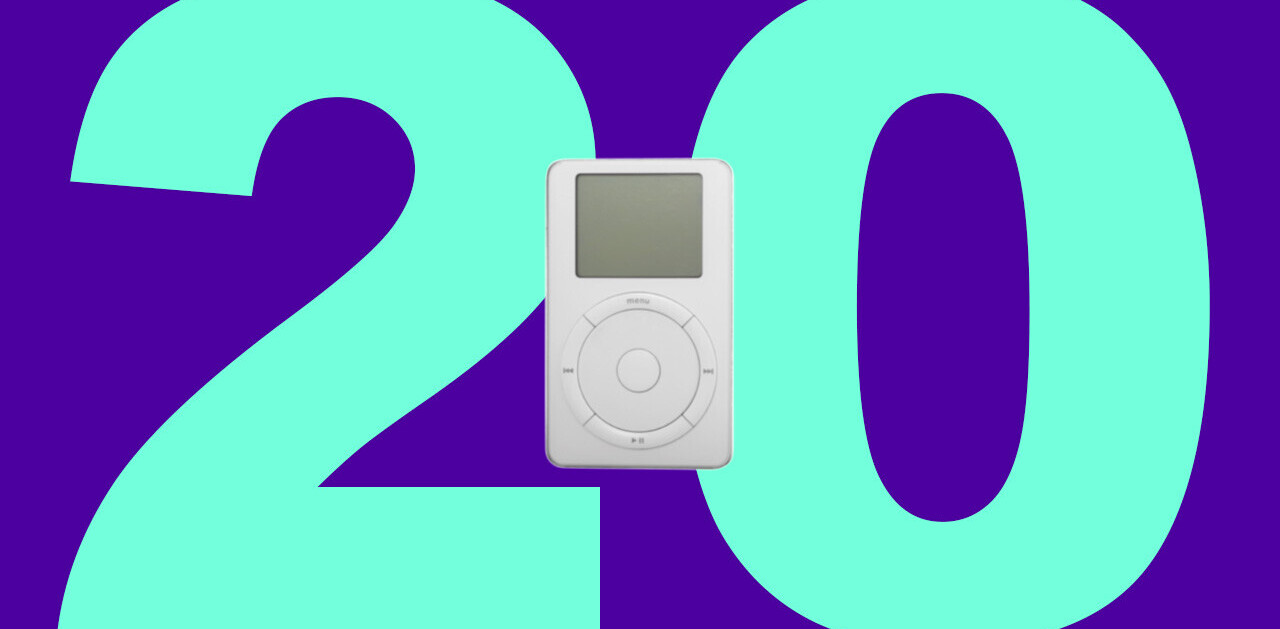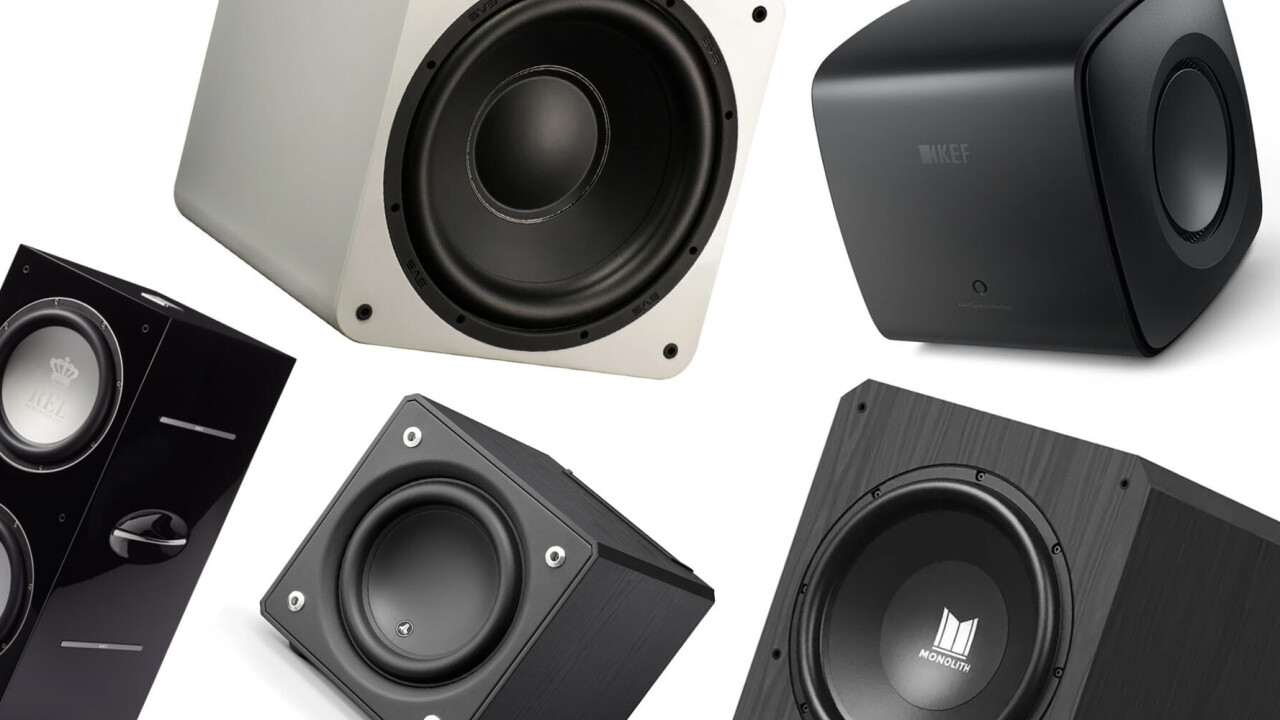
It’s easy for audio enthusiasts to succumb to GAS, or the Gear Acquisition Syndrome. Once you listen to a decent pair of speakers, you want to try the next best thing, and then something else, and then the cycle perpetuates itself.
Yet one of the biggest updates you can do to your hi-fi system will probably cost less than a whole new pair of speakers, and will last you through a multitude of speaker purchases.
I’m talking about what’s in the headline, of course. If you don’t already have one, your next audiophile purchase should probably be a subwoofer.
Unfortunately, I still see too many audiophiles dismiss subwoofers right off the bat. Sometimes it’s because they think they don’t need that much bass. Other times it’s because they think it’ll make their system sound boomy. But I’m here to tell you why these aren’t things you should worry about — and why buying a subwoofer is one of the most sensible purchases a music lover can make.
More Bass
Duh. A subwoofer’s main job is to increase the bass extension and/or output of your sound system. That’s particularly important if you use bookshelf speakers, but even full-sized towers rarely extend linearly all the way to the limits of our hearing.
Humans can hear roughly from 20 Hz to 20 kHz, and we can still feel frequencies below 20 Hz. Yet bookshelf speakers typically decrease in output below 100 Hz — they have significant output below 40 Hz. Subwoofers are usually crossed over with your other speakers at around 80 Hz, taking over as you go lower. A good subwoofer will get all the way down to 20 Hz or below.
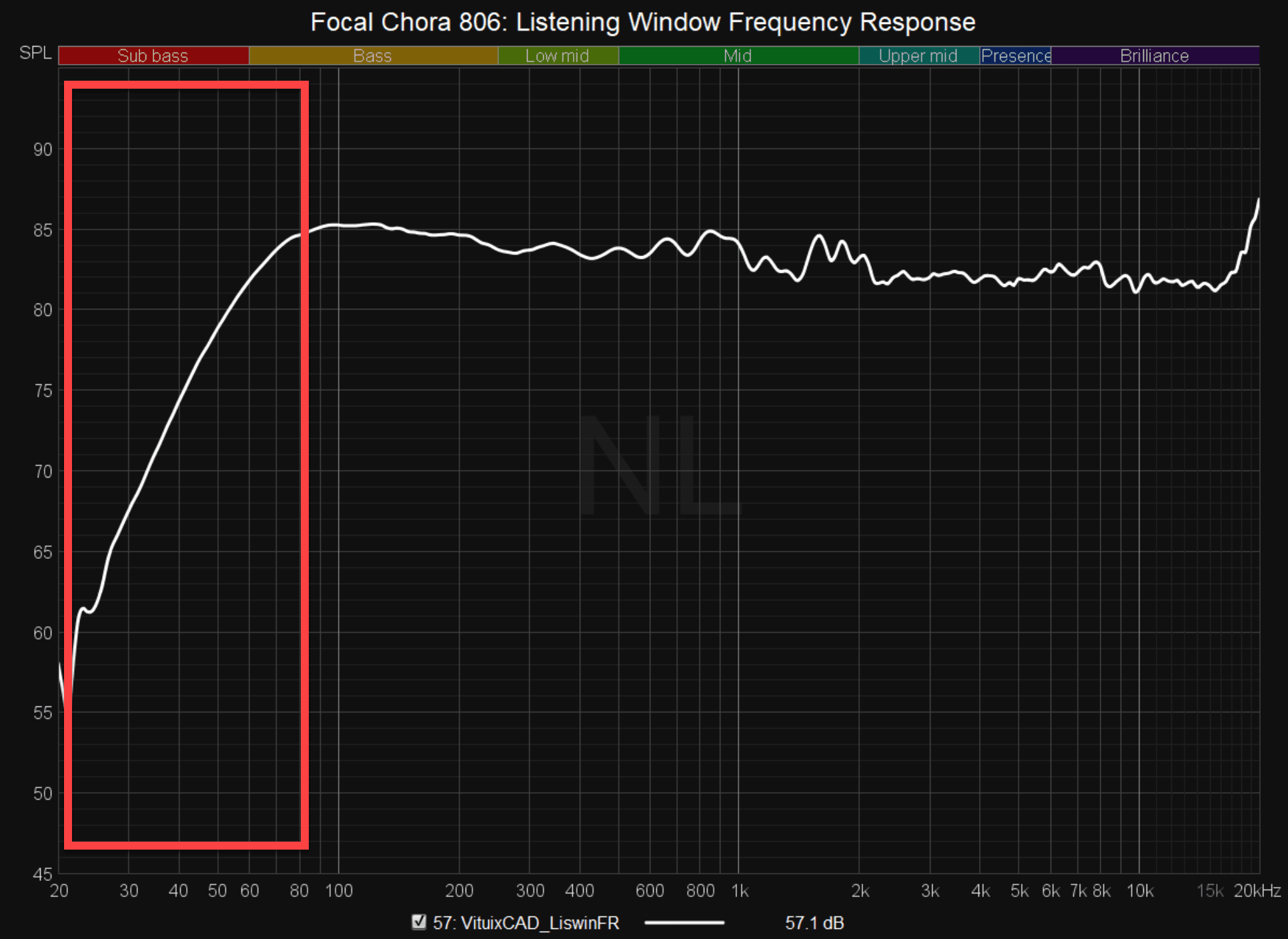
Getting that last bit of bass may not sound like much in the vast range of frequencies we can perceive, but it truly can make a dramatic difference (and remember, we hear frequencies logarithmically, so a few Hz in the bottom counts for a wide range of notes). Without that last bit of sub-bass, bass-heavy genres like rap and pop obviously suffer, but even orchestral music often sounds ‘incomplete.’ Pipe organs can even reach below 20Hz, for instance.
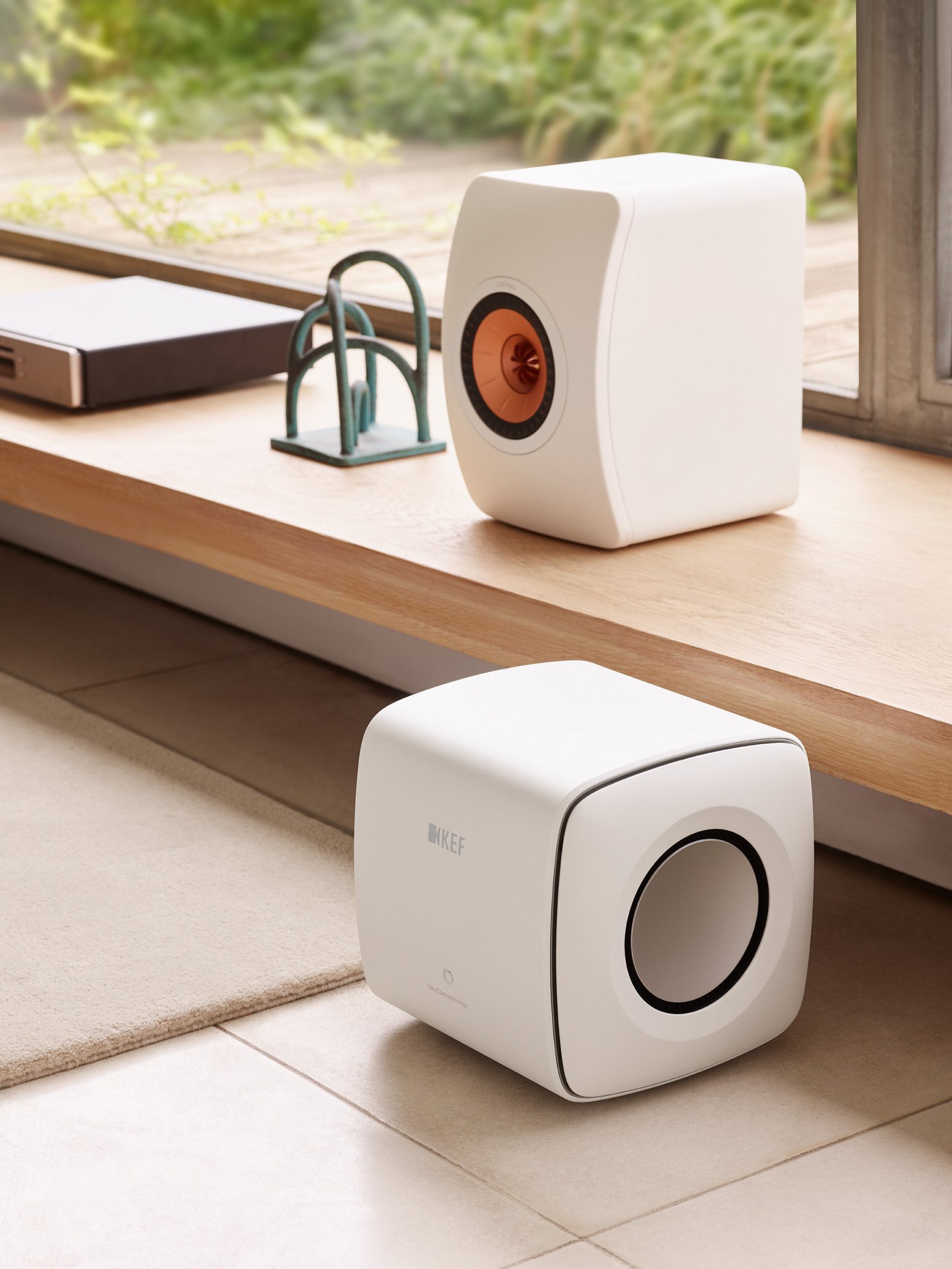
Those low frequencies are particularly important for the physical impact you get from bass, and they can help a small system sound bigger and more enveloping. Sure, some speakers can reach pretty low at quieter SPLs (sound pressure levels), and you can give bass a bit of a boost by placing speakers closer to a wall, but chances are you’re not getting the full breadth of the bass content that is in the recording. Even if your speakers can hit 30 or 40 Hz, you probably aren’t getting that at the levels intended in the recording.
And before you complain about having too much bass, or worry about annoying neighbors, a subwoofer’s bass output is completely up to you. You are typically able to regulate the sub’s volume independent of your other speakers and can use a subwoofer to ‘fill out’ the lowest frequencies without waking up the entire building.
It’ll make your other speakers sound better and play louder
When you add a subwoofer to your sound system, you are effectively making life easier for your other speakers. Adding a subwoofer can have a direct impact on not just the amount of bass in your sound system, but on the sound quality for higher frequencies as well.
Generally speaking, asking a small speaker to play low frequencies at high volumes will increase distortion and require a lot of power from an amplifier (there’s a reason you don’t see many small speakers hitting 20 Hz, after all). But subwoofers already have their amplifiers built in, and they usually pack larger or multiple drivers which are far better equipped for handling very low frequencies than the single 5 or 6-inchwoofers in most bookshelf speakers.
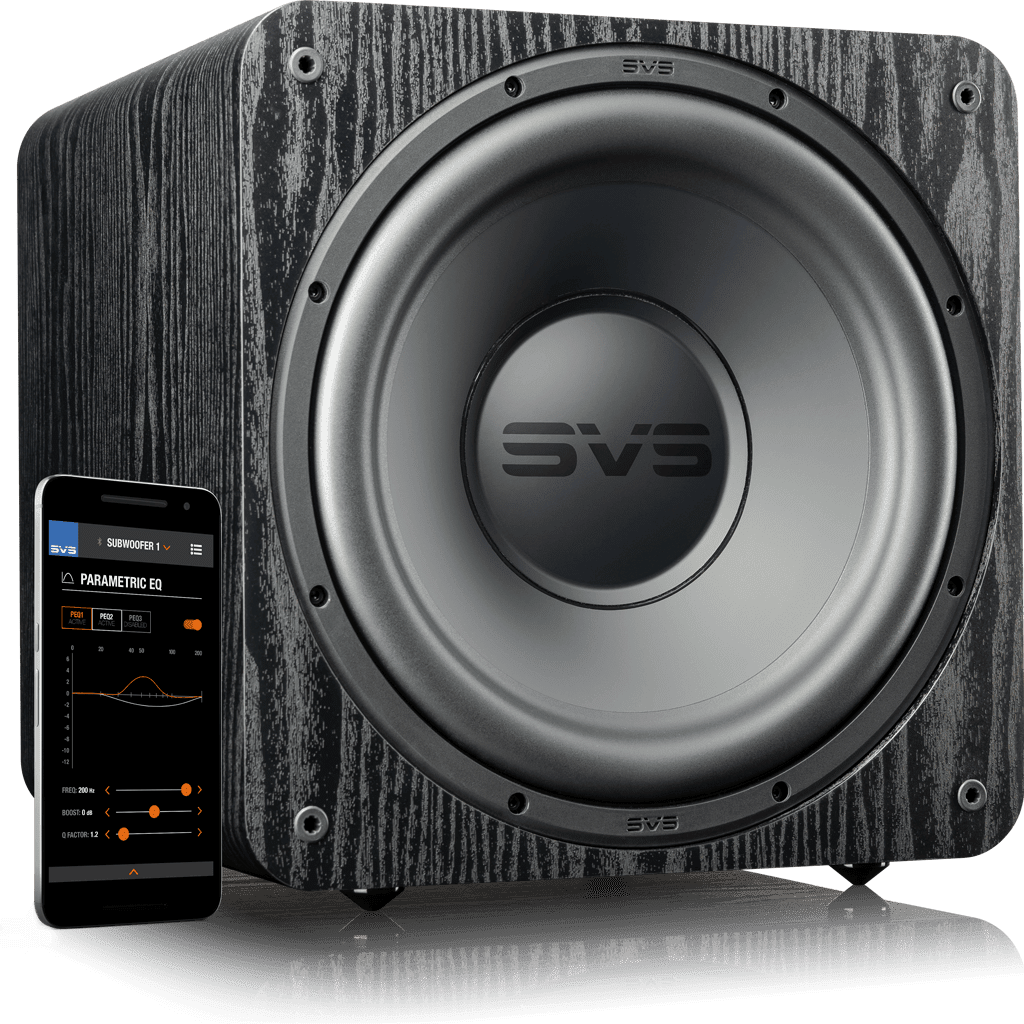
By handing off those lowest frequencies to the subwoofer, your speakers are free to perform more effectively in their comfort zone.
Closely related to the above point, handing off those lowest frequencies to your subwoofer typically means your speakers will be able to play louder without audibly distorting. And because the lowest frequencies are often the most difficult for an amplifier to drive, handing these off to a sub — which again, almost always have a built-in amp — means less load on your amp too.
It can help fix room problems
One of the biggest, least appreciated benefits of a subwoofer — or better yet, multiple ones — is they can reduce some of the most adverse effects of your room on sound quality. Your room always affects the sound of your speakers, but nowhere is this influence worse than in the bass.
At lower frequencies, sound waves will create ‘modes‘ or standing waves in your room. The net effect is that some bass frequencies get dramatically boosted, while others see massive dips. This is one of the things that can contribute to speakers sounding boomy — not only are some of these low frequencies boosted tremendously, they will also tend to ‘ring’ for an extended amount of time.
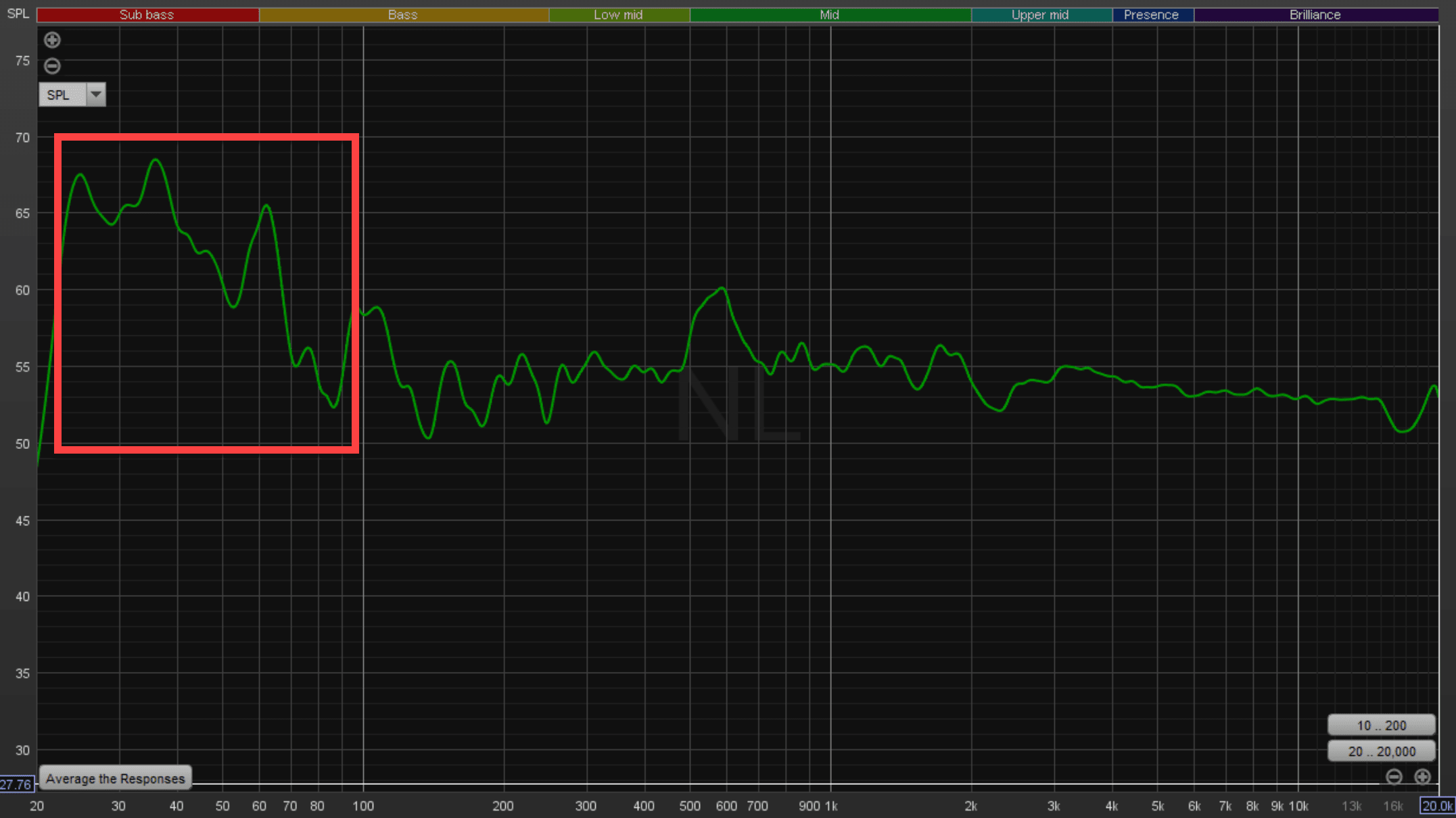
Integrating a subwoofer with careful placement and equalization — whether done automatically through room EQ software like Dirac or manually through an app like REW — can help significantly decrease these peaks and dips at your listening position. The how of this goes beyond the scope of this article, but properly managed bass is often the difference between a bad-sounding room and a great-sounding one.
(You can also apply EQ to just a stereo pair of speakers, but having a subwoofer gives your more flexibility for dealing with these room issues.)
This effect is amplified massively by adding two or more subwoofers, particularly if you want to improve sound quality across a wider listening area. You will need an AV Reciever or other hardware to integrate a subwoofer, so that can be an additional expense, but it’s one of the biggest potential benefits of adding a sub to your system. For more reading on this, I recommend this article by Audioholics.
They can last you through many speaker upgrades
As I noted in the intro paragraph, once get hooked on audio gear, chances are you’ll eventually want to upgrade to another set of speakers. Part of the reason I recommend getting a subwoofer before you try upgrading your speakers, is that having one offers you more flexibility in your choices.
After all, bass extension is normally a crucial variable in any speaker purchase. Say you have to choose between a speaker with a more neutral frequency response and bigger soundstage, or opt for one that performs worse but offers more bass extension. Which one do you choose?
Having a subwoofer makes the choice much easier: you can significantly disregard bass performance pick the one that’s better in other aspects of acoustic performance.
One last note: contrary to what some manufacturers might have you believe, there’s rarely a reason a subwoofer should ‘pair’ or ‘match’ better with a particular set of speakers. So choose the best subwoofer(s) you can afford and fit in your space — it’ll last you many years through your audio journey.
This article only scratches the surface of the benefits and process of integrating a subwoofer, let alone actually choosing the right one for your setup. Still, hopefully it sets you on the right path — one of glorious bass.
Get the TNW newsletter
Get the most important tech news in your inbox each week.



